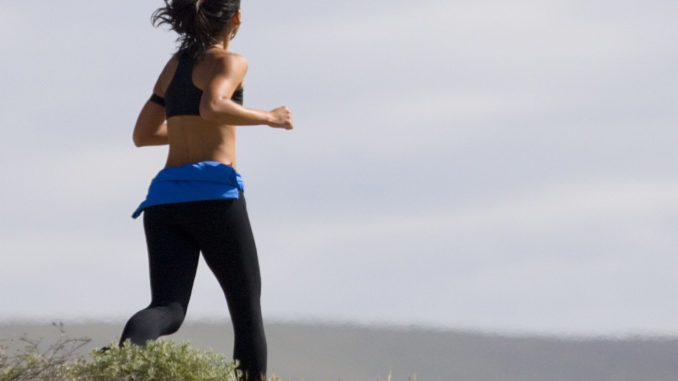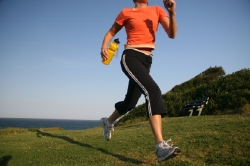
What is Trail Running?
Trail running is a running event over especially difficult terrain. In fact, the terrain run in such an event is often difficult to get to by road with the exception of at the trailheads.
Trail Running is Very Similar to Cross-Country Running
Trail running is a variation on running that is strikingly different from track running or road running.
Trail running is usually done on hiking trails, most frequently single-track trails. In addition, some trail running is also done on fire roads as well. A distinctive characteristic of the trails is that they are typically unreachable by road apart from at the trailheads.
The trails have a tendency to pass through varying terrain, such as deserts, hills, forests, narrow passages and mountains are the most popular trails. Similarly, rough terrain or steep inclines often times may require some scrambling or hiking. Runners who take part in trail runs must frequently run down the same steep grades. It is common for trail runs to go up and down several thousand feet.
Different Types of Trail Running
Just as there are runners many different types of runners, there are also several varying types of trail running. A lot of runners prefer to include trail running as part of their daily exercise and training routine. Other trail runners enjoy spending weeks running through the backcountry. More and more people are beginning to take part in solo backcountry trail runs, which are kind of like ultra light backpacking trips.
A typical backpacking tour may last for a week to eight days, at an average of eight to ten miles covered each day, and with the individuals taking part carrying backpacks that weigh at least fifty or sixty pounds. On the other hand, a backcountry trail runner will take on the same adventure in just three or four days, trail running over much greater distances every day, and the equipment he or she carries is minimal.
More and more people are finding trail running to be a fun way to be adventurous and stay healthy at the same time. Trail running continues to grow in popularity as people all around the world are pulling on their running shoes. In fact, more than forty million people around the world enjoy various levels of trail running.
Equipment Needed for Trail Running

Most trail runners wear shoes that are specially designed for trail running. Trail running shoes have stiff, knobby soles, which are usually firmer than shoes used for running on roads.
Trail running shoes are typically low to the ground in order to supply the best stability while running over uneven terrain.
The plastic or rubber compound midsole of trail running shoes is to keep your feet protected from puncture wounds from sharp objects that are often present on running trails. Trail running shoes are not as cushioned as shoes designed for blacktop running. Because trail running take place over soft surfaces, such as dirt trails, grass, etc., cushioning is not an important commodity.
Additional trail running equipment includes anti-insect spray, wicking garments, ivy block, gaiters, water bottles, sunglasses and sunscreen. A few trail runners like to attach metal devices to the bottoms of their shoes for gripping the terrain as they run over ice or snow. Most trail runners carry their water in a hydration pack. Some trail runners carry ultra light hiking poles to increase stability and speed. However, hiking poles are not usually allowed in competitive runs.
The Benefits of Trail Running For Health and Fitness
Trail running is a great way to work out because it is peaceful and all those hills are great for the lower body. Running on the soft, natural ground is easier on the joints that hard surfaces like running tracks or roadways.
Trail running is different from other fitness routines. Be sure to keep your eyes open for obstacles on the trail, mud and puddles, poison ivy, etc. In addition, you may also want to carry plenty of bug spray, water, sunscreen and a small first aid kit. After your run, do not forget to shower immediately and check for ticks!


Be the first to comment